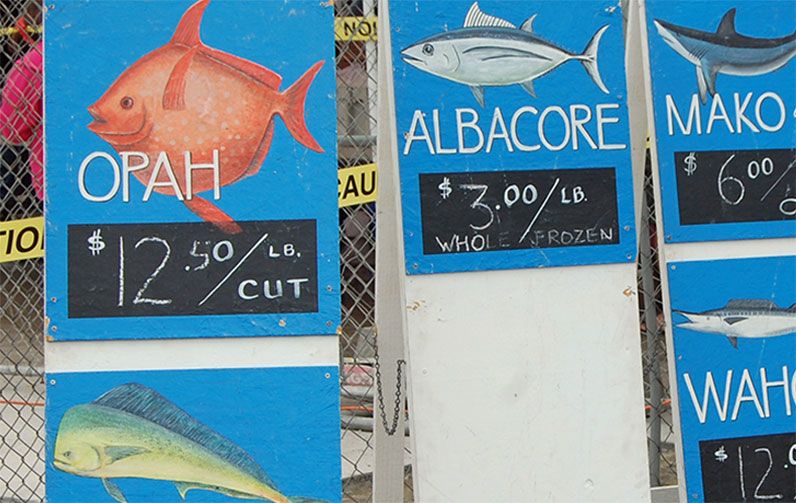
Business Elements
Click on the boxes below to learn more about elements of a business that may need to be modified when starting/expanding alternative marketing.

Click on the boxes below to learn more about elements of a business that may need to be modified when starting/expanding alternative marketing.
Starting or expanding an alternative marketing effort requires careful planning. Developing a business plan helps one think through the necessary steps and options for each component of the market. Having a written plan will make it easier to share and request financial assistance. Proper accounting practices -- critical for the success of small businesses yet often neglected -- also are needed from the start. See the business and financial planning resources below for sample plans, business management tools and more.
The way a business is structured has implications for taxes, personal liability, and flexibility of ownership. Changing or adding an alternative market to a fishing business may affect these components of a business. As such, the business structure may need to be modified, with these among the general types:
See Resources below for definitions of and further information about each type as well as state-specific variations.
A tax accountant or attorney can help to determine the most appropriate business structure for a given fishing business.
Changing or adding an alternative market to a fishing business may have tax implications. For example, if employees are hired, the following federal and state tax responsibilities may change:
A tax accountant or attorney can help determine the tax implications of developing seafood alternative markets.
To protect one’s business and oneself against risks associated with seafood alternative marketing, fishermen may need and/or benefit from additional insurance coverage such as:
A qualified insurance agent – preferably one with experience with food businesses including fishing, farming and aquaculture – can help determine whether new alternative marketing efforts are covered under one’s current policy and whether additional insurance may be needed or worthwhile.
Additional permits and other documentation usually are needed to establish an alternative market. Be sure to consult with resource management, public health and business authorities before selling your seafood.
Information provided on this page was synthesized from interviews with fishermen and buyers, and from the Fishermen’s Direct Marketing Manual, the Small Farm and Direct Marketing Handbook, ATTRA publications, and other resources (see About this Website and Resources).